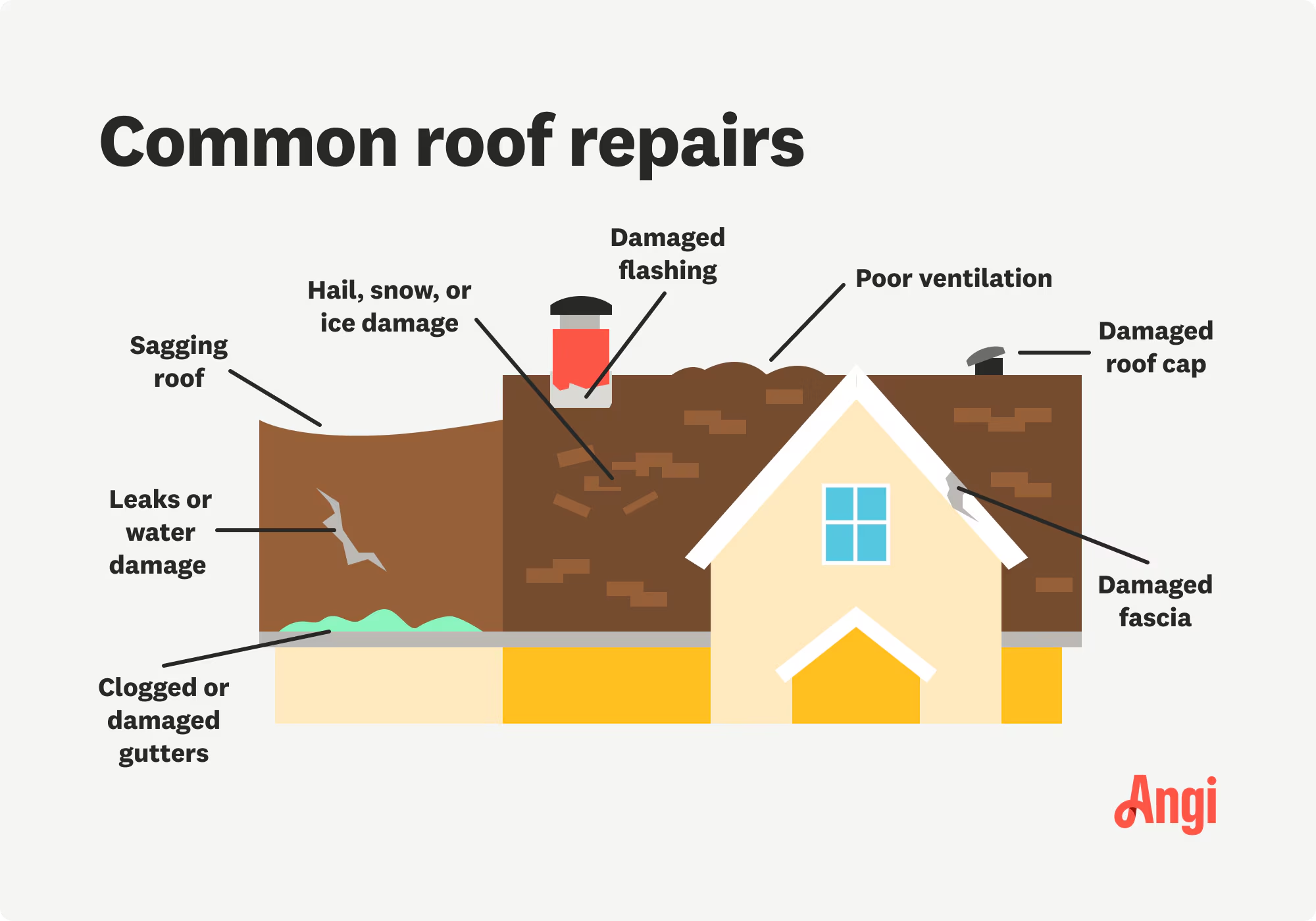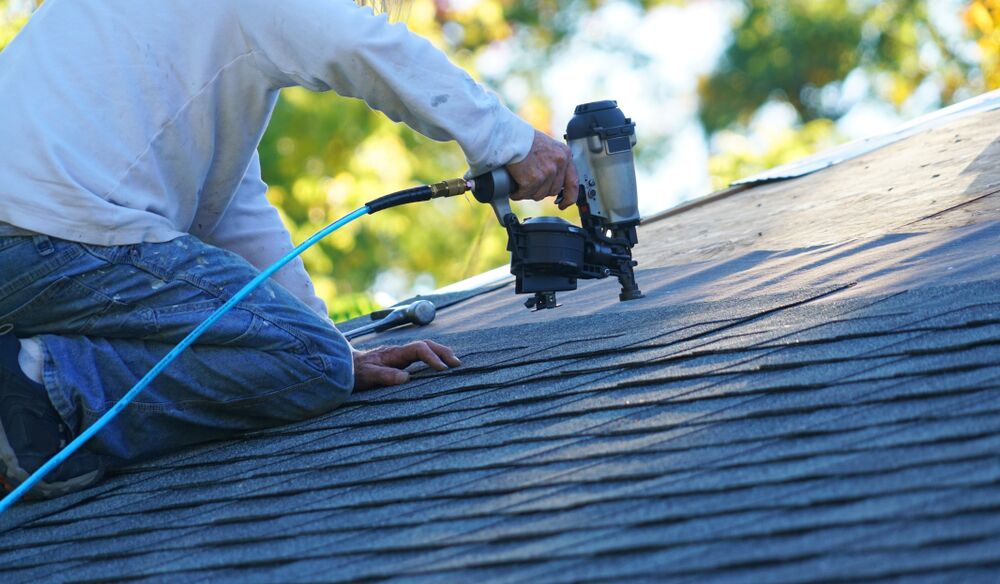Roofing Companies Oahu: Trusted Specialists for Your Roofing Needs
Comprehending the Different Kinds Of Roof Coverings: A Comprehensive Overview for Homeowners
With a range of options-- varying from the conventional gable to the contemporary flat-- each kind presents unique benefits and difficulties that should align with the house owner's details requirements and ecological considerations. As we check out the details of different roof covering types, it ends up being obvious that one dimension does not fit all; the appropriate choice might surprise you.
Saddleback Roof
Saddleback roofs, characterized by their triangular form, are among one of the most popular roofing styles as a result of their simpleness and effectiveness in shedding water and snow. This style includes 2 sloping sides that meet at a ridge, allowing for reliable water drainage and minimizing the threat of water accumulation. The steep pitch frequently related to saddleback roofs improves their ability to handle hefty precipitation, making them suitable for numerous climates.
In addition to their useful benefits, saddleback roofs use visual convenience. They can be adjusted to different building designs, from typical to modern homes. The design can likewise fit extra functions such as dormer windows, which enhance natural light and air flow in the attic room area.
Furthermore, gable roofings supply enough area for insulation, contributing to power performance. Homeowners can select from a selection of roof covering products, consisting of asphalt roof shingles, metal, and ceramic tiles, better enhancing personalization choices.
Despite their benefits, gable roofing systems may require extra assistance in locations prone to high winds or heavy snowfall. In general, the saddleback roof remains a popular choice due to its blend of functionality, sturdiness, and aesthetic allure.
Flat Roofs
Level roofing systems are frequently acknowledged for their minimalist design and sensible applications, especially in industrial and commercial setups (oahu roofing). These roofings include a straight or almost straight surface, which enables simple construction and flexible area utilization. While they might do not have the aesthetic appeal of pitched roofs, level roofing systems supply numerous advantages, particularly in city atmospheres where maximizing area is essential
Among the primary advantages of level roof coverings is their ease of access. Home owners can use the roof covering area for various objectives, such as roof yards, balconies, or solar panel setups. Furthermore, level roofs are normally extra affordable to keep and set up compared to their sloped counterparts, as they require fewer products and labor.
Typical products used for level roofing systems consist of built-up roof covering (BUR), customized asphalt, and single-ply membrane layers, each offering distinctive benefits. Overall, level roofs serve as a versatile and useful choice for lots of property owners and services alike.
Hip Roofing Systems
Hip roofs are defined by their sloped sides that merge on top, developing a ridge. This design is unique from saddleback roofs, as all four sides of a hip roofing system slope downwards towards the wall surfaces, offering a much more stable structure. The angle of the slopes can vary, permitting versatility in building aesthetics and functionality.
One of the primary benefits of hip roof coverings is their capability to stand up to heavy winds and adverse weather. The sloped surfaces allow far better water drain, minimizing the danger of leakages and water damage. In addition, hip roofs offer increased attic room space, which can be utilized for storage or perhaps transformed into livable areas.
However, constructing a hip roofing can be a lot more complicated and expensive than easier roofing system types, such as saddleback roofs. The added material and labor included in producing the slopes and guaranteeing appropriate architectural honesty can result in higher expenditures. Despite these downsides, numerous house owners favor hip roof coverings for their durability, aesthetic allure, and potential for power performance.
Mansard Roofs
Mansard roof coverings, usually recognized by their special four-sided layout, function two slopes on each side, with the lower slope being steeper than the top. This building style, stemming from France in the 17th century, is not just cosmetically attractive but useful, as it optimizes the useful space in the upper floors of a building. The steep lower slope enables even more headroom, making it a perfect selection for loft spaces or attic rooms, which can be exchanged living rooms.
Mansard roofing systems are characterized by their adaptability, accommodating different architectural styles, from conventional to contemporary. They can be built with different materials, consisting of asphalt tiles, slate, or metal, providing home owners with a variety of options to match their preferences and budgets. In addition, the layout permits the integration of dormer home windows, improving all-natural light and air flow in the top degrees.
However, it is vital to think about the potential drawbacks. Mansard roofing systems might call for more upkeep due to the complexity of their layout, and their high inclines can be challenging for snow and rainfall runoff. In general, mansard roofs incorporate elegance with practicality, making them a preferred option amongst property owners seeking distinct building functions.
Dropped Roofing Systems
As homeowners significantly seek simplicity and capability in their building styles, shed roofs have emerged as a popular choice. Defined by a solitary sloping aircraft, a shed roofing system provides a minimal aesthetic that matches numerous home designs, from contemporary to rustic.
One of the primary advantages of a shed roofing is its uncomplicated building and construction, which usually translates to decrease labor and product costs. This layout enables efficient water drain, decreasing the risk of leakages and water damage. Furthermore, the vertical incline gives ample area for skylights, improving natural light within the inside.
Shed roofings additionally use versatility in terms of use. They can be effectively integrated into additions, garages, or exterior frameworks like structures and sheds. In addition, this roofing system style can suit various roofing materials, consisting of metal, asphalt roof shingles, or even green roofings, lining up with environmentally friendly initiatives.
However, it is necessary to take into consideration regional climate problems, as heavy snow tons may necessitate changes to the roof's angle or framework. Overall, lost roofing systems offer a practical and aesthetically look at these guys pleasing choice for property owners looking to optimize performance without jeopardizing style.
Conclusion


Gable roofings, defined by their triangular shape, are amongst the most Get the facts preferred roofing styles due to their simpleness and performance in losing water and snow. oahu roofing. The steep pitch frequently linked with gable roof coverings enhances their ability to manage hefty rainfall, making them suitable for different climates
While they may lack the visual allure of pitched roofs, level roofing systems offer many advantages, especially in urban environments where making the most of space is critical.
